How To Dispose of Wool Clothing
Published October 12, 2020 | Edited December 22, 2021
All types of wool are not only recyclable but also biodegradable, whether from alpaca, sheep or goat, as long as they are not blended with synthetic fibers. This is why the best way to dispose of your wool clothing is to make it into compost.
How does composting work?
Micro-organisms in soil break down the keratin fibers of wool in 6-12 months. Wool is also nourishing to the soil and functions as a natural fertiliser in the biodegradation process, so you can use it as a nutrition source for your plants at home or in the garden.
Organic matter can biodegrade in landfill as well, but this depends on the conditions within the landfill and what other items it is buried under, so natural fibers can take far longer to breakdown when in landfill than they should. This is why composting is a better solution for the environment.

Prepare your wool clothing for compost
If you decide to compost your wool clothes, make sure your garment is fully compostable and what your composting options are.
1. Check the label
Before you place your wool garment in the ground or your compost bin, first of all check the label. Is your garment made of 100% wool (or other natural fibers) or is it a blend of wool and synthetics?
Synthetic fibers do NOT biodegrade. They take many decades to fall apart and in the process they release plastic microfibres into the environment, leaving a plastic trace behind them. Check your label for any of the following:

- Polyester
- Nylon
- Elastane (Lycra/Spandex)
- Acrylic
If your garment is a synthetic blend, avoid composting and find a recycling bin or center instead.
Most modern cities nowadays provide easy access to recycling. You may find textile recycling bins together with paper, glass and plastic bins. Find out what options are available where you live and what materials they collect. This might be a good option for synthetic materials or blends (natural fibers mixed with synthetics).
Arms of Andes clothing is made from 100% royal alpaca wool and is produced with minimal chemical treatments, which is ideal for composting at the end of its life cycle.
Our new line, Leave No Trace Apparel, is colored using natural dyes and is stitched together using unbleached cotton threads. Our labels are also made from cotton and printed with an eco-friendly black dye.

2. Remove non-biodegradable components
Before you bury or compost wool clothing, make sure to remove any components that aren’t biodegradable:
- Zippers / Buttons
- Elastic bands
- Labels
Also be aware that a garment made from a biodegradable material can be stitched together using synthetic threads (likely plastic-based, therefore non-biodegradable). You may want to cut out the seams and dispose of these separately if you’re not sure.
Other issues could be the chemical treatments that yarns, fabrics and threads have undergone during processing and any screen printing or embroidered logos (again likely done with nylon). However, most brands do not publish any information about these details.
3. Find the right place for your clothes
You have two options for where you can place your wool clothes to biodegrade:
- Compost bin - You can cut up wool fabric and mix it in with the other organic matter in your compost bin or pile, but be aware it might take fabric longer to break down than your usual organic kitchen waste.
- Nature - If you don’t want to have to wait so long to use your compost, you can also bury your chopped fabric in your (or your friend's) yard, in a place that you are unlikely to disturb in the upcoming months.
If you'd like to find out how to compost your wool clothing in a compost bin, read this article by eHow that will guide you through the process step by step.
Choosing natural materials for your clothing is crucial in creating less plastic waste. Wool is durable, reusable, recyclable and biodegradable, so by buying wool clothing, you can reduce the impact your clothes have on the environment at the end of their lifespan.
Before you throw away your clothes, consider the following:
1. REPAIRING
2. DONATING
3. REUSING
4. UPCYCLING
5. COMPOSTING







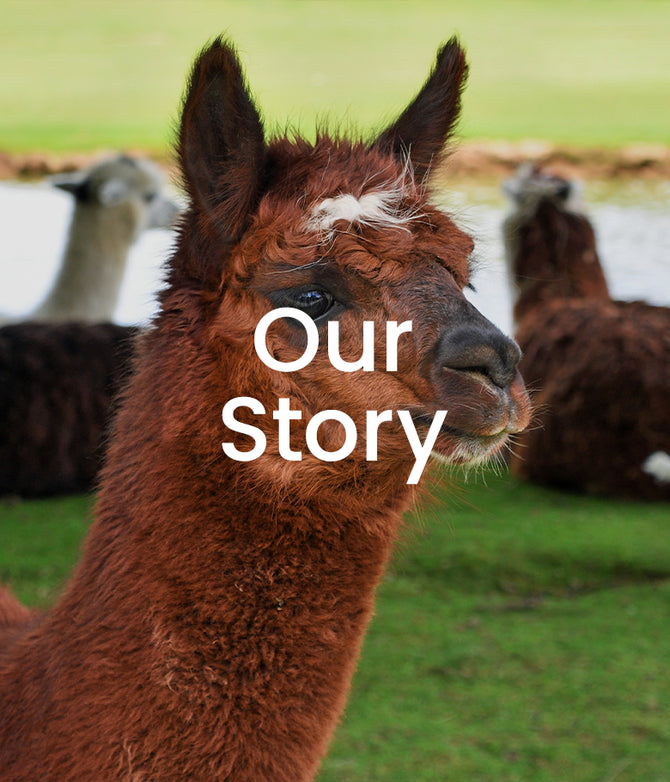
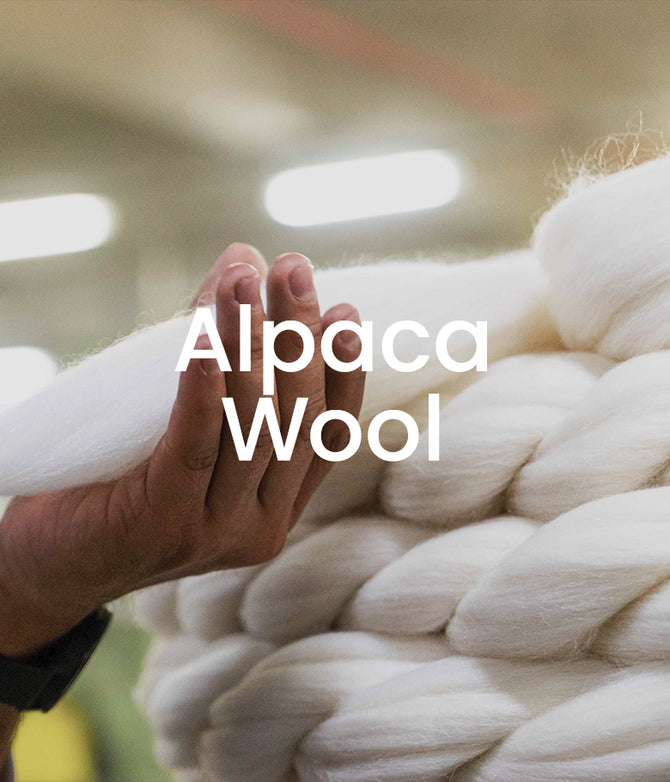
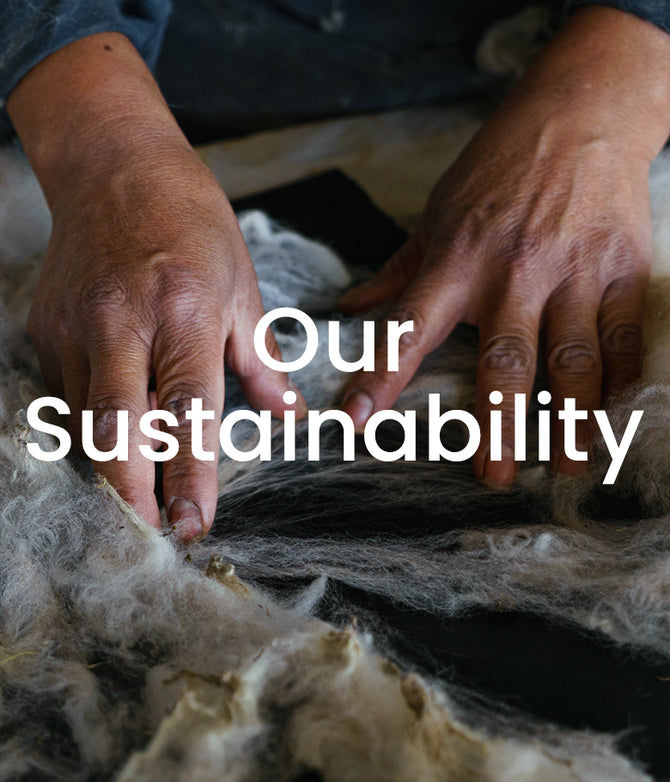

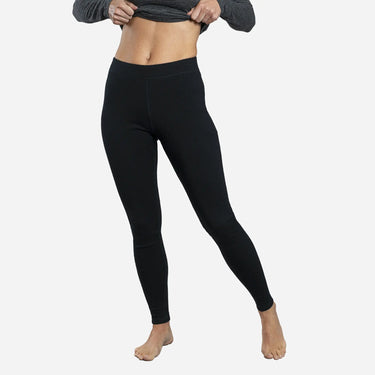









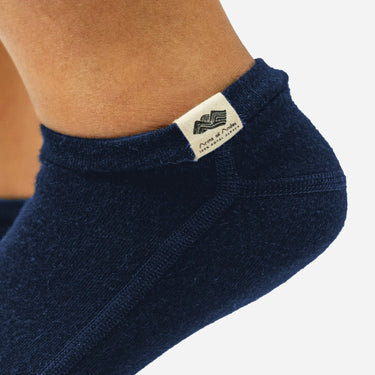
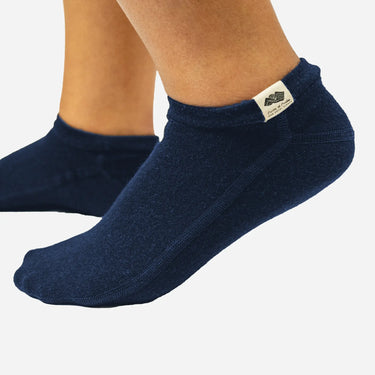
Good info. Thanks.
Is there a way to make felt from old wool garments?
Other than composing, any way to repurpose Cashmere?